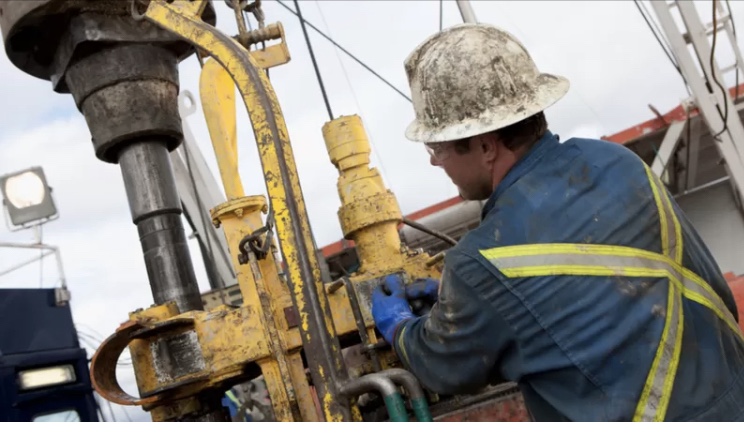
The reduction in crude oil output by OPEC+ countries announced last weekend is expected to worsen inflationary pressures on the global economy. The voluntary cuts in production include 500,000 barrels per day (bpd) by Saudi Arabia, 211,000 bpd by Iraq, 144,000 bpd by the United Arab Emirates, 128,000 bpd by Kuwait, 48,000 bpd by Algeria, 40,000 bpd by Oman, 78,000 bpd by Kazakhstan, and 8,000 bpd by Gabon. These production cuts, which account for one-third of global oil production, will begin in May 2023 and last for the entire calendar year, totaling around 1.16 million bpd. In addition, Russia has also announced a voluntary adjustment of 500,000 bpd until the end of 2023.
The production cuts were announced as a precautionary measure to support the stability of oil markets in the face of sluggish global demand and the banking crisis in the US, which had significantly weakened crude oil prices to around $67-68 per barrel. Following the announcement of the cuts, crude oil prices have risen to December 2021-January 2022 levels, reaching $85 per barrel. Analysts predict crude oil prices to reach $95-100 per barrel by December 2023 and Q1 2024.
The impact of the production cuts on crude oil prices is expected to further exacerbate inflationary pressures on the global economy. For India, this may result in higher oil import bills and could potentially stoke inflation if the government resumes the daily retail auto fuel price revision mechanism. If the government continues to freeze retail prices, oil marketing companies may face significant under-recoveries.
The increase in crude oil prices due to the production cuts is also expected to impact the rupee and the current account deficit for India. As India imports more than three-fourths of its crude oil requirement, higher prices would increase the demand for the dollar, widening the current account deficit and weakening the rupee. Dhruv Sharma, Senior Economist with the World Bank, estimates that a $10 per barrel increase in crude oil prices could translate into a 40 basis points to half a percent increase in the current account deficit.
The rising crude oil prices may also prompt the Reserve Bank of India (RBI) to modify its monetary policy. It was previously expected that the Monetary Policy Committee (MPC) would end the rate hike cycle in April with a 25 basis points rise and then go for a long pause with a “neutral” stance. However, if crude oil prices continue to rise, there may be pressure on petrol and diesel prices, which could further contribute to food and headline inflation. This may result in a temporary rate pause after a possible 25 basis points hike in the April review.